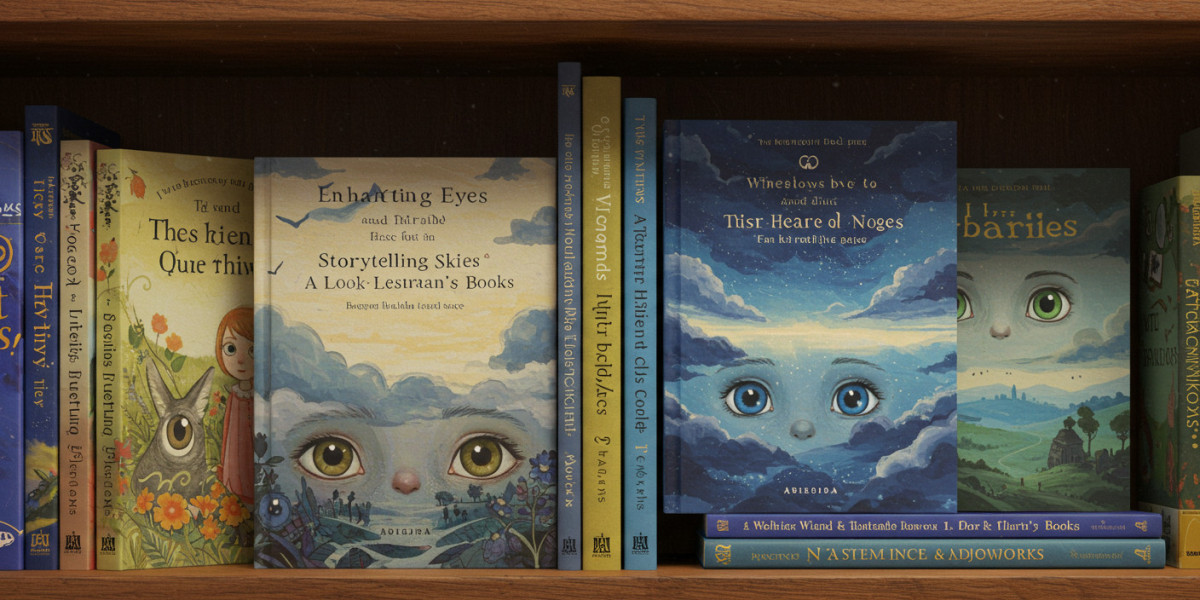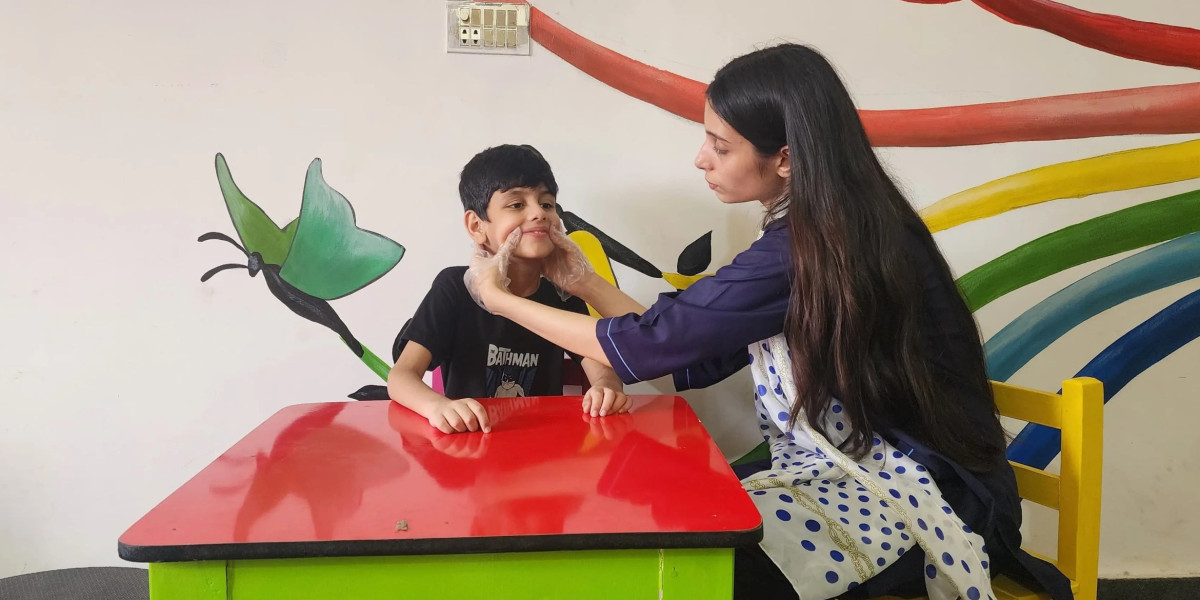A great children’s book does more than tell a story it paints a world. Through delicate lines, bold strokes, and thoughtful use of ink, the most memorable children's book illustrations invite children into places filled with wonder, emotion, and endless possibility. These illustrations not only support the text, but often become the heart of the book itself.
In this article, we’ll dive into the rich world of ink-based children's illustrations, highlight iconic artists, and explore what makes these images live on in our memories long after the final page is turned.
Why Ink Illustrations Captivate Young Readers
Ink is one of the oldest and most expressive tools in an illustrator’s toolkit. Whether used for bold outlines, intricate crosshatching, or playful doodles, ink can deliver both simplicity and depth. For children’s books, ink illustrations are especially powerful because they:
Create strong visual contrast for young eyes
Highlight emotion through expressive lines
Offer timeless appeal with a classic look
Blend well with watercolor, pencil, or digital color techniques
In an age of digital overload, there’s something deeply grounding and human about a beautifully inked page.
Iconic Ink Illustrators in Children's Literature
1. Quentin Blake – Sketchy Charm and Energy
No discussion of ink in children’s illustration is complete without Quentin Blake. Best known for his work on Roald Dahl’s books (Matilda, The BFG), Blake’s loose, quick lines bring humor and liveliness to every character. His ink drawings are expressive and spontaneous, making the characters feel like they’re in motion—even on the page.
2. Shel Silverstein – Minimalist Ink, Maximum Impact
From Where the Sidewalk Ends to The Giving Tree, Silverstein’s black-and-white ink drawings are as iconic as his poetry. His minimalist style shows how a few carefully placed lines can tell an entire story, spark laughter, or stir emotion.
3. Edward Gorey – Gothic Elegance in Ink
With his fine lines and detailed crosshatching, Gorey created haunting yet whimsical worlds. His illustrations in The Gashlycrumb Tinies and The Doubtful Guest prove how ink can create mood, suspense, and even dark humor for older child audiences.
Modern Masters Using Ink to Inspire
Today’s illustrators continue to innovate with ink—sometimes combining it with digital tools or watercolor to create fresh styles that speak to today’s children.
4. Jon Klassen – Ink and Irony
Known for I Want My Hat Back, Klassen’s deceptively simple illustrations use subtle ink line work and muted tones to tell hilarious and slightly subversive stories. His ability to convey emotion with just a glance or tiny change in posture makes his work incredibly memorable.
5. Sydney Smith – Visual Poetry in Motion
Smith’s use of ink with watercolor—especially in books like Town Is by the Sea—brings quiet moments to life with texture and emotional resonance. His detailed linework balances realism with softness, giving his books a reflective, almost cinematic quality.
6. Jillian Tamaki – Artistic Boldness in Graphic Novels
While often working in graphic novel formats like This One Summer, Tamaki’s inking blends bold outlines with fine details and expressive compositions. Her work pushes the boundaries of what children’s illustration can be—mature, introspective, and beautifully complex.
What Makes Ink Illustrations So Memorable?
Ink creates a sense of immediacy and authenticity. Unlike digital lines that can be endlessly adjusted, ink requires intention and confidence. This permanence lends itself to:
Bold character design
Strong visual identity
Striking black-and-white contrast
Timeless charm that endures across generations
Memorable ink illustrations also leave room for a child’s imagination to fill in the gaps, making the reading experience more interactive and engaging.
Books That Let Ink Take Center Stage
Here are a few children’s books where ink is used to unforgettable effect:
Harold and the Purple Crayon by Crockett Johnson – While technically crayon, its single-line simplicity mimics the spirit of ink, showing how one continuous line can carry an entire story.
The Dot by Peter H. Reynolds – Minimalist ink outlines paired with watercolor create a powerful message about creativity and self-expression.
The Paper Bag Princess by Michael Martchenko – Expressive ink work complements this empowering, funny fairy tale reversal.
These books showcase how less can be more when ink is used thoughtfully.
Ink in the Age of Digital Illustration
As more books shift toward digital creation, ink-based illustrations still hold strong. Many illustrators now draw with ink and enhance their work digitally, preserving the organic feel while adding color and texture.
Why does ink still matter?
Tactile familiarity: Ink looks like something a child could draw with, making it more relatable.
Emotional expressiveness: Slight ink variations capture mood and energy.
Nostalgic appeal: Ink evokes traditional storybooks, bridging generations.
In essence, imagination in ink remains a timeless tool for storytelling.
Final Thoughts: Celebrating the Line Between Words and Wonder
The The Rainbow Stories most memorable children's book illustrations don’t always need a rainbow of colors or high-tech effects. Sometimes, all it takes is the right ink line in the right place.
Whether it’s a wobbly smile, a swirl of wind, or a scribbled starry sky, ink illustrations have a way of staying with us. They remind us of the power of simplicity, of storytelling through touch and texture, and of the joy that lives in every child’s imagination.
So next time you pick up a children’s book, pay attention to the lines. Behind them is an artist turning everyday ink into enduring magic.







